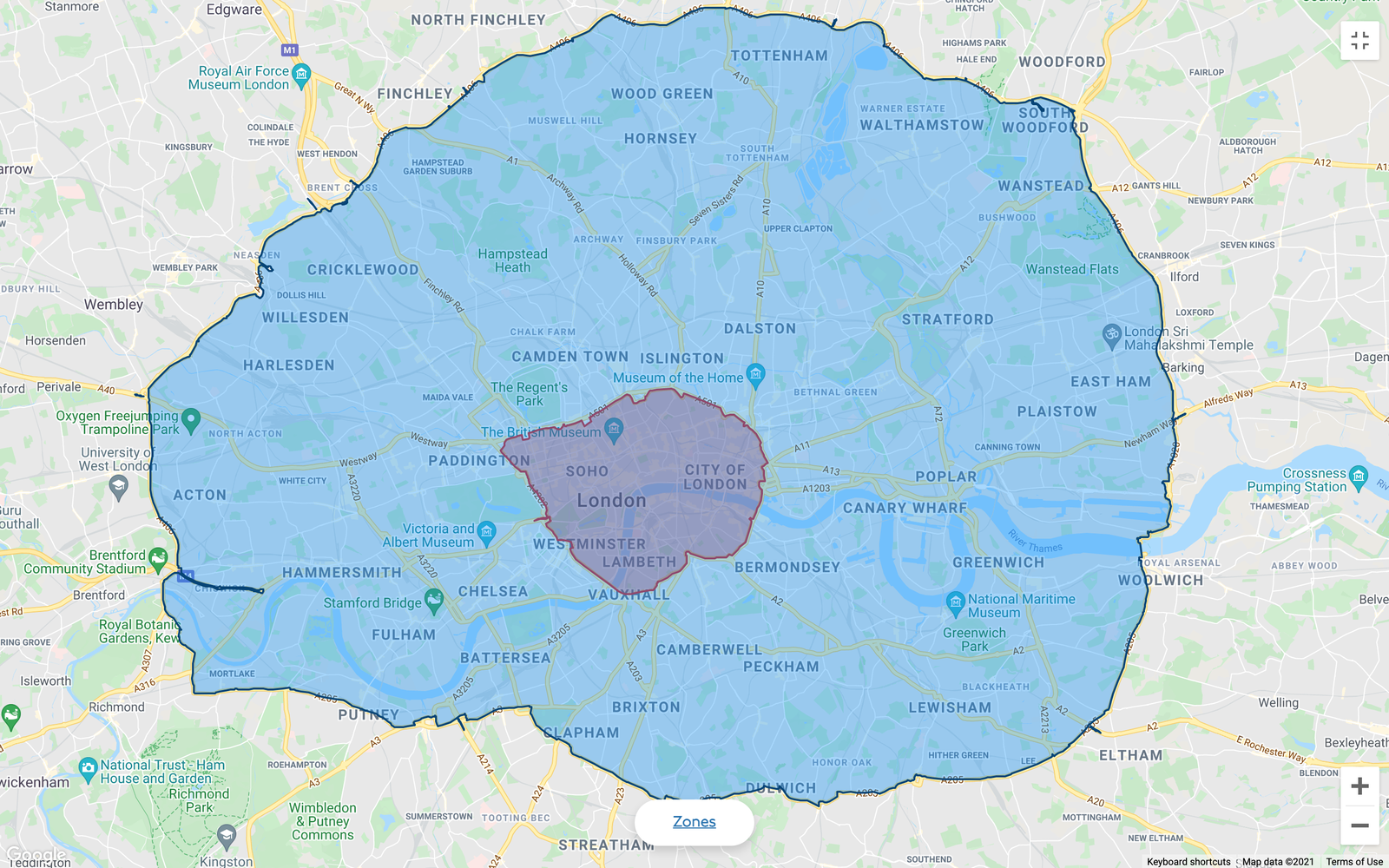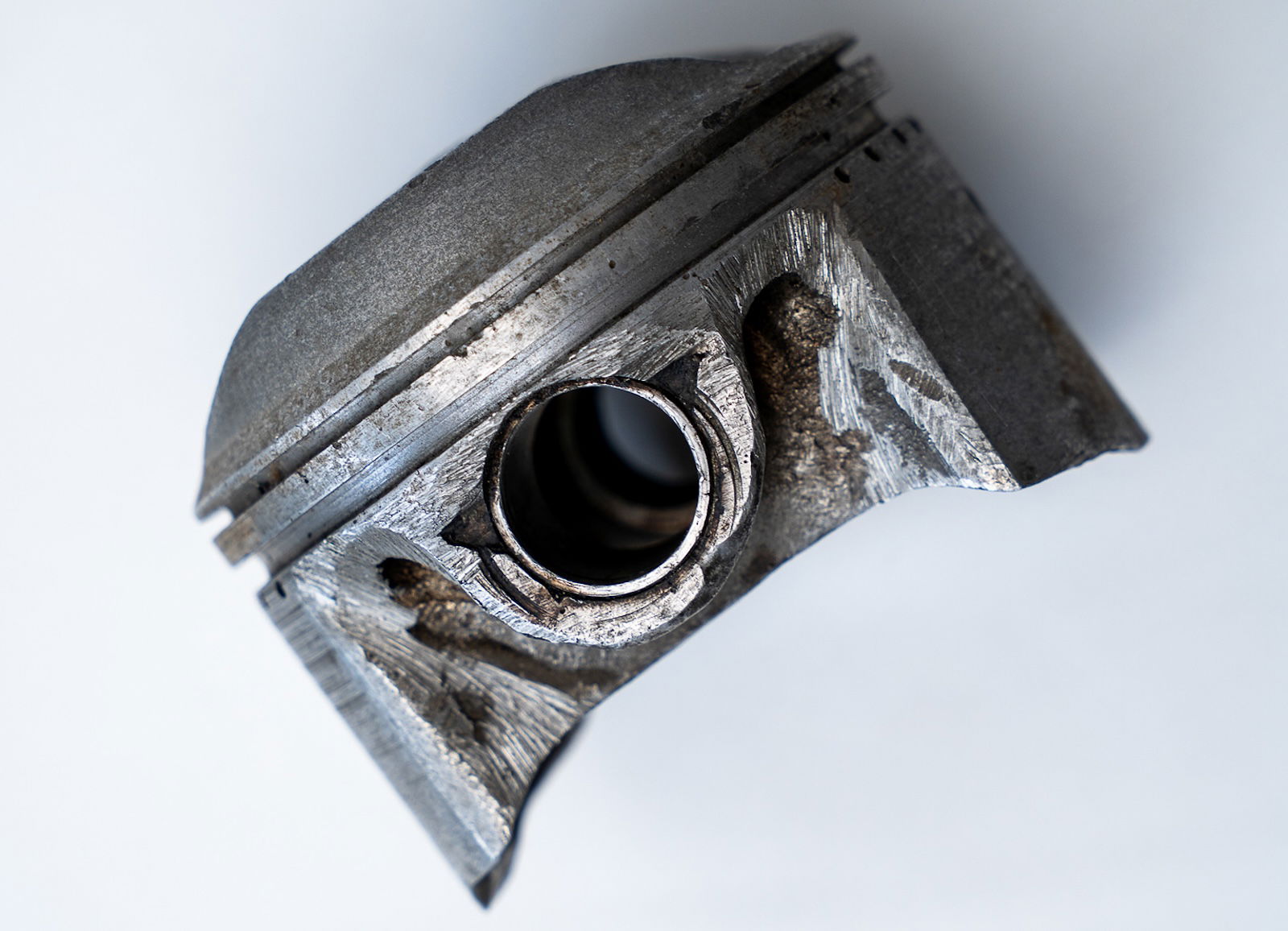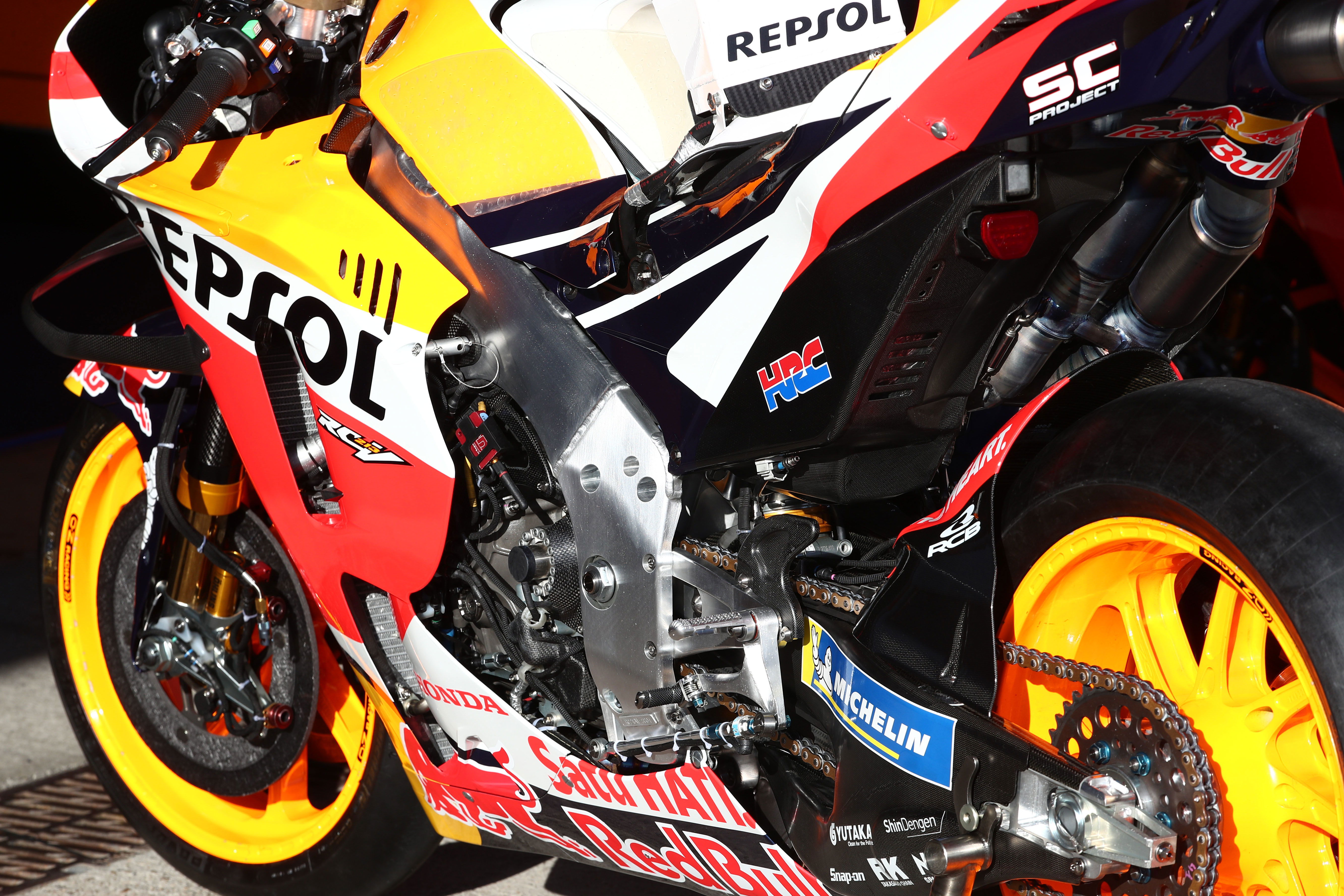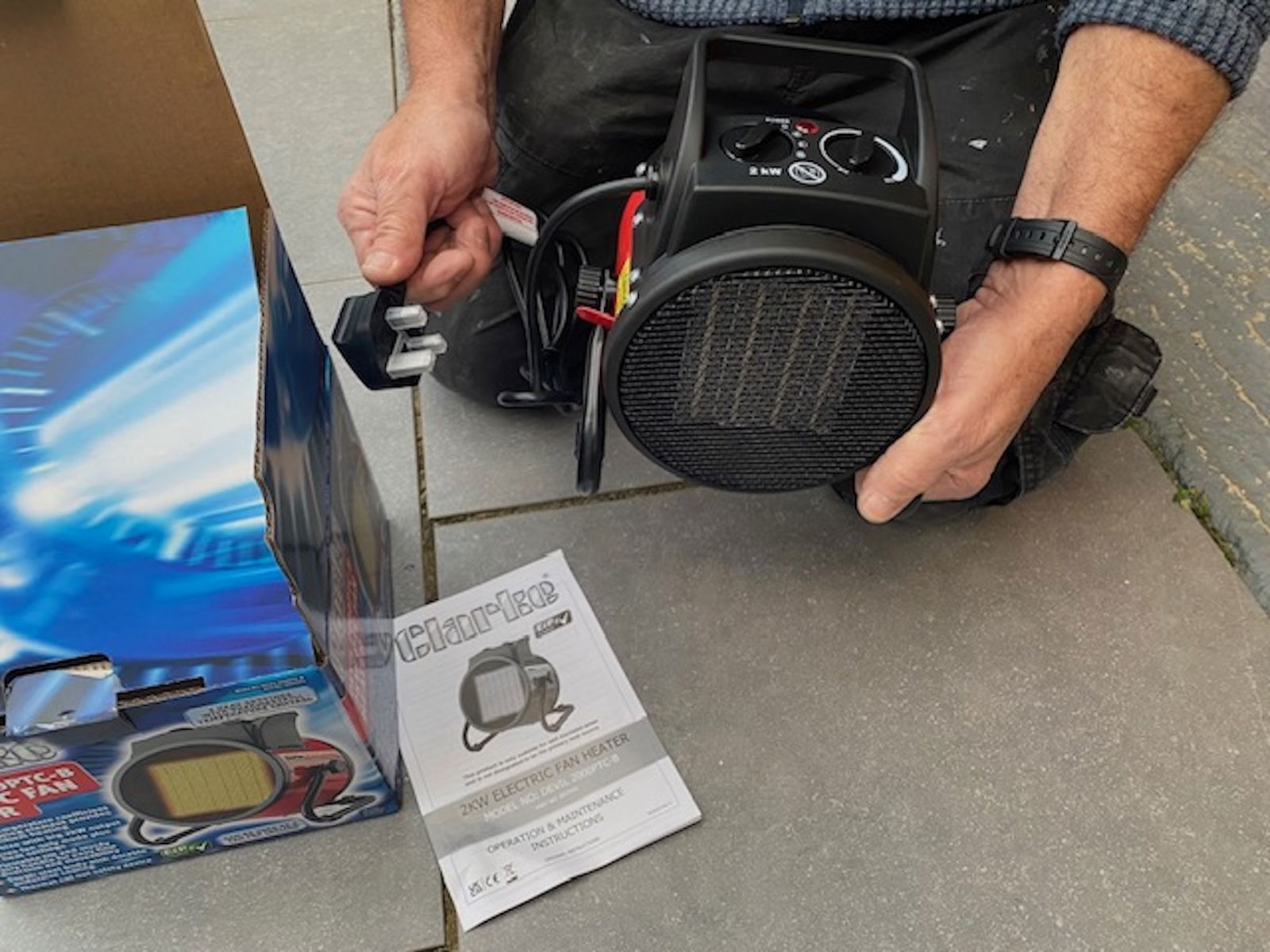Award-winning motorbike road markings “simple and cheap” way to improve safety
The ‘PRIME’ road markings trialled in West Scotland have been hailed a success - here’s what they mean

A huge number of bike accidents in the UK occur on corners, but there’s an inexpensive solution which could lead to a significant reduction motorcycle casualties - road markings. Special markings have been trialled in Scotland with the aim of reducing a rider’s speed, improving their road position, and their braking behaviour.
Dubbed PRIME (standing for ‘Perceptual Rider Information for Maximising Expertise and Enjoyment’), the concept has been well received by experts, recently winning the Prince Michael International Road Safety Award, having already picked up the Road Safety Scheme of the Year Award and the Judges Special Merit Award at the UK Transport Awards in October.
The markings have been on some Scottish roads for some years now, with trials of the PRIME system beginning in 2021, and some 22 sites across 750 square miles of Western Scotland.
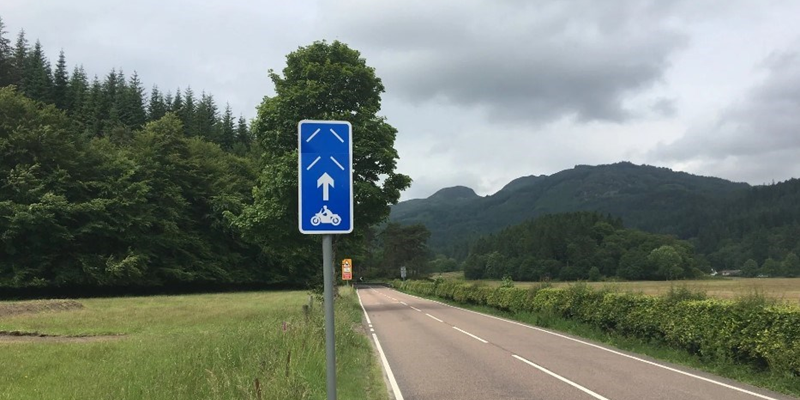
From that trail, the scientists have crunched the numbers after watching video footage of over 32,000 motorcyclists and the result is a significant reduction in speed, better road position both on the approach and apex of the bend, and an improvement in the rider’s braking behaviour. Transport Scotland says there have been “No motorcycle injury collisions at any of the previously identified accident cluster sites where PRIME markings have been deployed.”
A recent article from the British Motorcyclists Federation (BMF) referred to the scheme as a “relatively cheap means of improving motorcycle safety”. The BMF’s chair Jim Freeman added:
“There has been much discussion within the BMF about PRIME, with advanced trainers questioning the effectiveness of the system. One of the criticisms has been that not enough publicity was aimed at the key user groups, with many riders wondering what the chevrons were supposed to do.
“Hopefully, this Award will help with that awareness. The advanced trainers and their graduates have pointed out that riders should be positioning themselves correctly anyway, the PRIME system was aimed at those who weren’t ‘expert’ level ability riders, which is where most of the cornering problems are concentrated.”
What do PRIME road markings mean?
The markings rely on something called 'nudge psychology', which uses the way the environment is shaped to push people towards the correct choice in any given situation. As it stands the markings are only being used on left-handed bends, as statistics suggest these are the most problematic corners for motorcycle riders - it’s perceived that being able to gauge the severity of a left-hander when you are already in the left-hand lane is more difficult than in a right-hander (where the rider’s view through the corner is improved).
The idea behind them is that the funnel effect the road markings create pushes the rider to try and thread the needle of the corner, and in doing so, slow them down as they ensure they take the most accurate route through the turn. Interestingly, research suggests that motorcyclists are hard to re-educate (who, me…?) and it’s hoped that this soft approach to improving road safety will have more of an effect than simply posting more ‘SLOW’ signs or worse, more speed cameras.
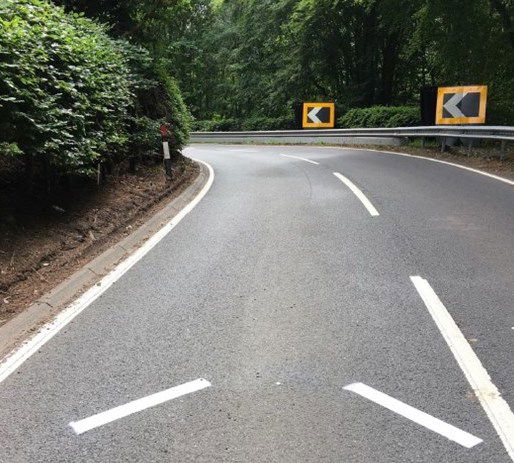
Speaking about the new PRIME road markings, Scottish Government Minister for Transport, Fiona Hyslop MSP, said:
“The evidence on the impact of Project PRIME is astounding. This is a real triumph for road safety, demonstrating what happens when the latest academic theory is supported by real-world application – all made possible thanks to Scottish engineering and a strong partnership approach.
“Scotland is working with partners to have the best road safety performance in the world by 2030 and an ambitious long-term goal where no one is seriously injured or killed on our roads by 2050. Project PRIME has responded through innovative engineering – and has proven that this is an approach that could be used globally under similar road conditions.”
You can read more about PRIME road markings on this website.

